Review: Jaybird X3 Wireless Sport Headphones


Jaybird Sport's latest headset offering represents the company's latest ongoing evolution of its original X series. Now in the third generation, the X3 Wireless Sport Headphones ($129.99) are a culmination of what the X product line has been striving for since its inception, namely an awesome, lightweight, hassle-free audio experience on the go. Does the X3 reach a new high in the wireless headset market, or is it a mild, incremental iteration on an already winning formula? Read on to find out.
Related: Best iPhone 7 & 7 Plus Accessories You Need in Your Life
I have been a big fan of Jaybird's headsets since the release of the original X1 design. Their introduction into an already crowded wireless headset market literally turned heads with how compact and lightweight they were compared to the alternatives at the time. Jaybird's most recent headset prior to the release of the X3 was their Freedom, a headset that achieved near perfection. So it was with great anticipation that I opened the nicely packaged box to see if the X3's achieved the pure perfection goal. While the X3 is a significant improvement from the X2 series, true perfection is still elusive with this new model.
So what do I like that's new in the X3? Most notably, the size. By removing the Micro USB port from the headset and placing the antenna along the wire instead of within the headset housing, Jaybird was able to dramatically reduce the size of the earphones compared to the X1 and X2 models. This means that wearing the headset no longer look like Frankenstein bolts are sticking out of your ears. The earphones fit nicely whether you wear them under-ear using the redesigned silicon ear fins or over-ear without the fins. Three different sizes of silicon ear tips or Jaybird's own Comply noise-isolating foam ear tips further seal the headphones securely in either wearing mode. After years of using the ear fins due to the weight of keeping the X1 and X2 in place, the X3 is light enough and small enough to finally wear over the ear in both comfort and style. Once secured, I could shake my head from side to side, up, down and bounce around without the earphone popping out. In addition to staying on my head, I could also finally comfortably wear a helmet with the X3. This is a considerable milestone in my experience with the X line.

Next on the list of improvements is the sound that the X3 delivers. I don't know how the sound engineers at Jaybird accomplish their magic, but they have somehow improved the sound in almost half the size of what the X2 series delivered. One reason for this is Jaybird's MySound app that allows custom sound envelopes to be stored and utilized on the X3's. MySound features dozens of sound shapes (including settings designed by pro athletes) as well as those supplied by other Jaybird users. And if you already had favorite settings employed by Jaybird's Freedom, uploading these favorites to the X3 using MySound is as simple as selecting them in the app while paired with the headset and immediately hearing the difference.
Another engineering achievement with the X3 is that even though they are considerably smaller than the X2 model, they still deliver the same eight-hour listening duration on a single charge. And just like the X2, the X3 is sweatproof (meaning you still don't want to be caught wearing them in a downpour). Best of all, the X3 is twenty dollars less than the X2. So the X3 has a lighter form factor, sounds better, and is less expensive headphone than its predecessor.
All these improvements add up to a winning combination for Jaybird, but there still remain some areas to strive for in perhaps what might be called the X4 model. First, while I appreciate the shrinking size of the headphones, the removal of the Micro USB charging port from the headset means yet another proprietary connector to lose. Remarkably, this charging adapter is even different from the adapter that Jaybird made for its Freedom model. That means you need to remember to bring that connector along on any road trips or you're out of luck when you're out of battery, or buy an extra one for work or home. And while I also appreciate the technical achievement of shrinking the size compared to the X2, the X3's are still on the larger end of the spectrum when it comes to headsets. If it weren't for the eight-hour charge time associated with the extra bulk, I would much prefer the tiny Freedom in my ears instead.
Lastly, I have to admit that Apple's upcoming AirPods are game changers and they have dramatically altered the headphone space as a result of being truly wireless. When I first heard from Jaybird, I have to admit that I had hoped that it was secretly working on its own cable-free approach to mobile audio and that the company was going to either beat or at least match Apple's innovation when it came to game changing designs. As such, it almost feels like Jaybird is six months late to the market with the X3 even though they encapsulate an amazing technical degree of the mobile consumer audio experience. But given how forward-thinking and first-to-market Jaybird has been in the past, I can only assume that it is hard at work on the successors to the X3 and Freedom line and that hopefully some time later next year, Jaybbird will be able to ditch cables entirely. Until then, the X3 will reign as the company's latest version of its flagship product line and will hopefully navigate the company to even higher heights in the future.
Rating: 4 out of 5 stars

Mike Riley
Mike Riley is a frequent contributor to several technical publications and specializes in emerging technologies and new development trends. Mike was previously employed by RR Donnelley as the company’s Chief Scientist, responsible for determining innovative technical approaches to improve the company’s internal and external content services. Mike also co-hosted Computer Connection, a technology enthusiast show broadcast on Tribune Media's CLTV.


 Amy Spitzfaden Both
Amy Spitzfaden Both
 Rhett Intriago
Rhett Intriago
 Olena Kagui
Olena Kagui
 Rachel Needell
Rachel Needell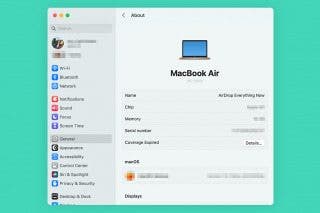
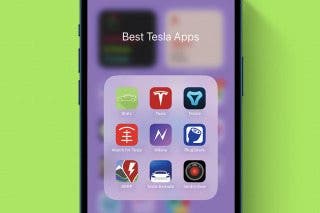
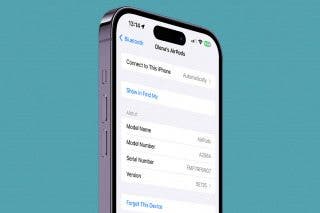



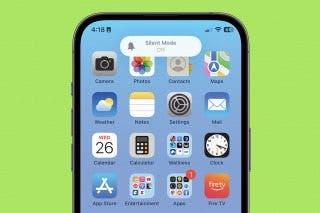
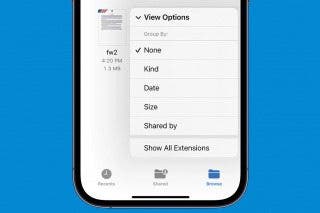
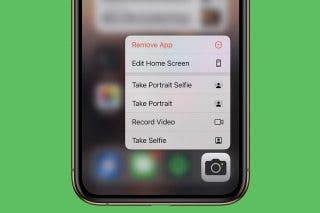
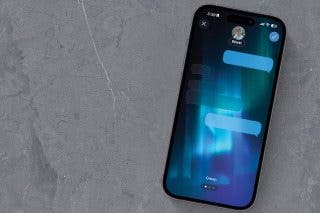


 Leanne Hays
Leanne Hays